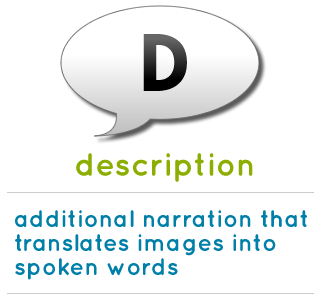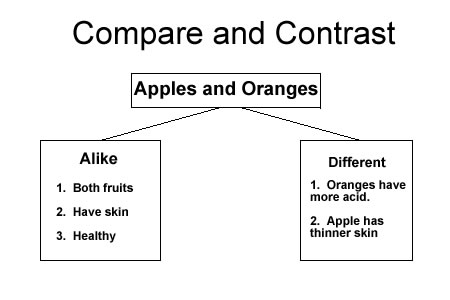The most important purpose of
informational text is to convey information about the natural or social world,
typically from someone presumed to know that information to someone presumed not
to, with distinctive features such as headings and technical vocabulary to help
accomplish that principle. By our definition, therefore, biography is
nonfiction but is not informational text, because its primary purpose is to
convey information about an individual’s life. Procedural or how-to text is
also nonfiction, but not informational text because it’s primary purpose is to
tell someone how to do something, not convey information about some thing.
Nonfiction narrative or “true
stories” are also nonfiction but not informational text, because their primary
purpose is to tell of an event or series of events that have occurred. This is
not to say that biography, procedural text, nonfiction narrative, and other
types of nonfiction are not important; they are just not the same as
informational text.
Informational
text is key to success in later schooling. We have all
heard that from around fourth grade on, “reading to learn” is a major focus in
school (Chall, 1983). Students encounter more textbooks and other forms of
informational text as they move through the grades. The tests they take contain
increasingly more difficult informational texts. College curricula are replete
with a variety of informational readings. If we include more informational text
in early schooling, we put children in a better position to handle the reading
and writing demands of their later schooling. We would like to see a day when
children “read to learn” and “learn to read” from the earliest days
of school and throughout their school careers. The following is a listing of
the five informational text structure:
1. Description

Signal Words: such as, for instance, in
addition, also, specifically
Tips:
Ask
yourself: what specific person, place, thing, or idea is being described? Look
for a topic word or phrase and for synonyms.
2. Problem
and Solution

Signal Words: problem, issue, since, as a
result, solution, idea, so, leads to, causes
Tips: Ask
yourself: what is the problem and what is the solution?
Look
for the problem first and then the solution
3.
Compare and Contrast

Signal Words: similar, same, alike, both, as well as, unlike, as
opposed to, on the other hand, in contrast, instead
Tips: Ask
yourself: what is being compared?
How
are they the same? How are they different?
4.
Cause and Effect

Signal Words: since, because, if, due to, as
a result of, causes, leads to, consequently, then, therefore
Tips: Ask
yourself: what happened and why did it happen?
Remember,
you are looking for a cause, not a solution.
5.
Sequence

Signal Words: first,
second, third, then, next, before, after, finally, following
Tips: Ask yourself: Is this
event taking place over time?
Look for steps or references to
time such as dates.
When researchers investigate the kinds of texts
children like to read, they've found something that isn't surprising: Different
children have very different reading preferences. Some children seem to prefer informational
text, some seem to prefer narrative text, and many don’t seem to have
preferences for any particular genre. Utilizing these tips for understanding informational text will turn your young reader into an informed reader.
No comments:
Post a Comment
Note: Only a member of this blog may post a comment.